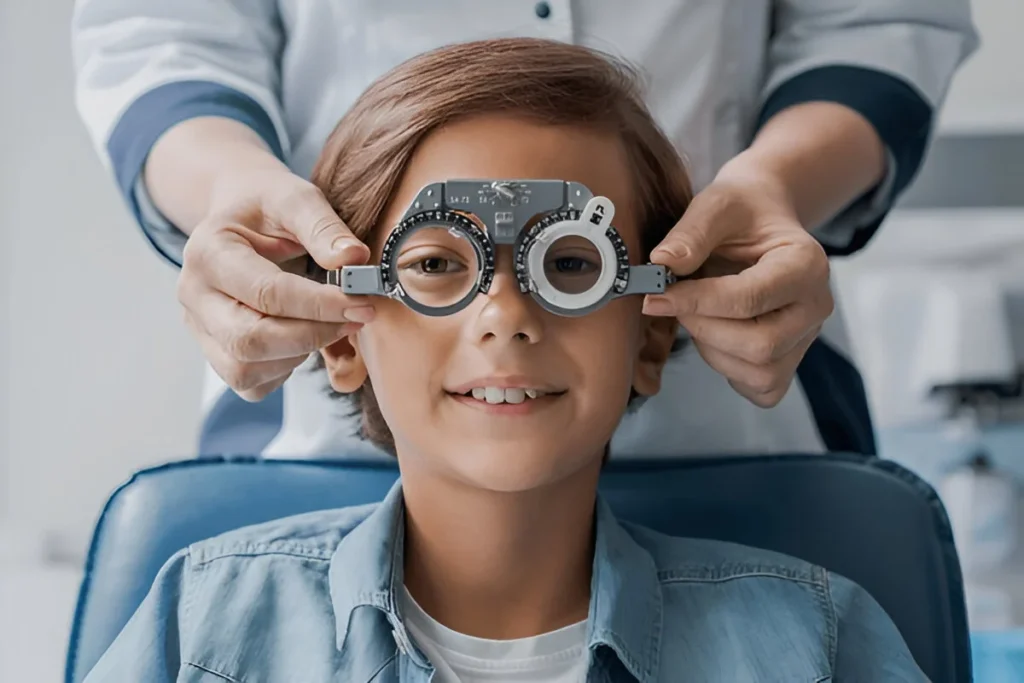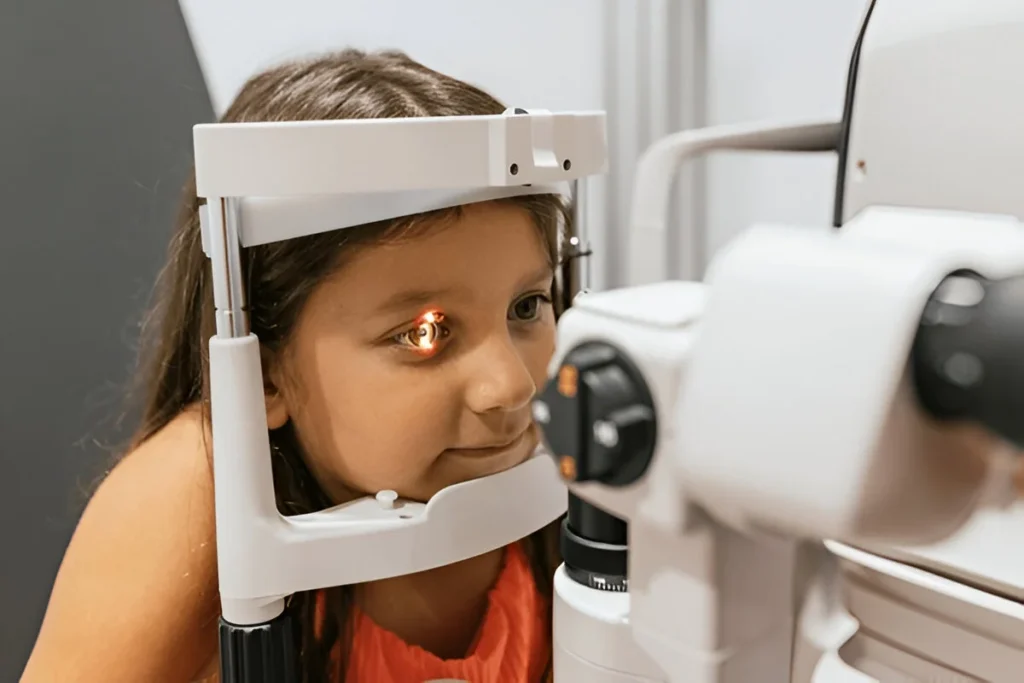Treatments for Pediatric Eye Disorders can safeguard your child’s vision. Learn expert guidance from the Best Eye Surgeon in Kolkata to protect healthy eyesight.
Children’s eyes are delicate, and early detection and treatment of eye disorders are essential to ensure proper vision development. Pediatric eye disorders can range from minor refractive errors to more complex conditions like strabismus, amblyopia, or congenital cataracts. Understanding the best treatments available helps parents make informed decisions, ensuring their child’s visual health is supported from an early age.
With medical advancements, many pediatric eye disorders can be effectively treated, leading to improved outcomes and better quality of life for children. This guide will walk you through common disorders, available treatments, and preventive strategies for maintaining healthy eyes in children.
Why Early Intervention Matters
Early diagnosis and treatment are crucial in pediatric ophthalmology because:
- Children’s visual systems are still developing, and untreated issues can lead to permanent vision impairment.
- Early treatment improves treatment effectiveness and can prevent complications.
- Proper eye care supports overall learning and development.
Pediatric eye disorders that go unnoticed may affect reading, motor skills, and social interaction, emphasizing the importance of timely evaluation.

Common Pediatric Eye Disorders
Refractive Errors
- Nearsightedness (myopia), farsightedness (hyperopia), and astigmatism.
- Symptoms: squinting, difficulty reading, eye strain.
- Usually managed with corrective lenses or vision therapy.
Strabismus (Squint)
- Misalignment of the eyes, affecting binocular vision.
- Can cause amblyopia (“lazy eye”) if untreated.
- Treatment may include eye exercises, patching therapy, or corrective surgery.
Amblyopia (Lazy Eye)
- Reduced vision in one eye caused by abnormal visual development.
- Often detected during routine pediatric eye exams.
- Early patching or corrective lenses can restore vision effectively.
Congenital Cataracts
- Clouding of the eye lens present at birth.
- Can interfere with normal vision development.
- Surgical removal followed by corrective lenses or implants is typically recommended.
Pediatric Glaucoma
- Increased intraocular pressure damaging the optic nerve.
- Symptoms include enlarged eyes or light sensitivity.
- Surgical intervention and medication can control pressure and prevent vision loss.
Eye Injuries and Infections
- Children are prone to eye trauma or infections.
- Prompt treatment with antibiotics, protective measures, or minor surgery prevents long-term complications.
Treatments for Pediatric Eye Disorders
Corrective Lenses
- Glasses or contact lenses correct refractive errors.
- Often used alongside vision therapy for better long-term outcomes.
Vision Therapy
- Structured exercises to improve visual skills like focusing, tracking, and coordination.
- Effective for strabismus, amblyopia, and certain binocular vision disorders.
Patching and Occlusion Therapy
- Used to treat amblyopia by covering the stronger eye to strengthen the weaker one.
- Regular monitoring ensures optimal results.
Medications
- Eye drops to manage conditions like pediatric glaucoma or infections.
- Antibiotics or anti-inflammatory treatments for eye infections.
Surgical Interventions
- Cataract removal, strabismus correction, or glaucoma surgery performed by pediatric specialists.
- Early surgical treatment can prevent permanent vision loss.
Preventive and Lifestyle Measures
- Encourage outdoor play to reduce myopia risk.
- Maintain screen time limits to avoid eye strain.
- Regular eye check-ups to detect early changes or disorders.
How to Support Your Child’s Eye Health
- Schedule annual pediatric eye exams, or more frequently if advised.
- Monitor for signs such as squinting, rubbing eyes excessively, or difficulty reading.
- Maintain a balanced diet rich in vitamins A, C, and E.
- Encourage protective eyewear during sports or outdoor activities.

FAQs on Pediatric Eye Disorders
Q1. At what age should children have their first eye exam?
Children should have their first comprehensive eye exam at around 6 months, another at 3 years, and before starting school.
Q2. Are pediatric eye surgeries safe?
Yes, when performed by experienced pediatric ophthalmologists, surgeries like cataract removal or strabismus correction are safe and effective.
Q3. Can amblyopia be treated in older children?
Treatment is most effective in early childhood, but older children may still benefit from vision therapy and corrective measures.
Q4. How can parents detect early signs of eye problems?
Look for squinting, frequent eye rubbing, tilting the head, or difficulty following objects visually.
Q5. Do all eye disorders require surgery?
No, many conditions like mild refractive errors or early amblyopia can be managed with glasses, patching, or therapy. Surgery is only indicated when necessary.
Ensuring Lifelong Vision Health for Children
Timely detection and treatment of pediatric eye disorders can make a lifelong difference in a child’s vision and development. From corrective lenses to advanced surgical options, understanding the range of available interventions empowers parents to make informed decisions.
By fostering early eye care habits, scheduling regular check-ups, and staying aware of warning signs, parents can ensure their children enjoy healthy, clear vision. Following evidence-based guidance and working with experienced pediatric specialists ensures that every child has the opportunity to see the world clearly and confidently.

